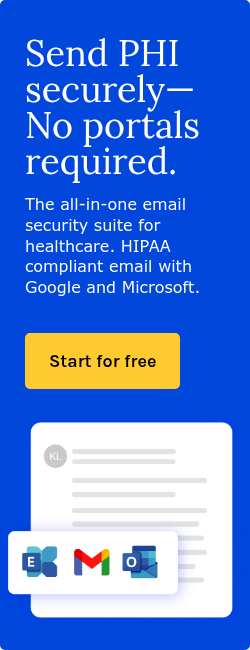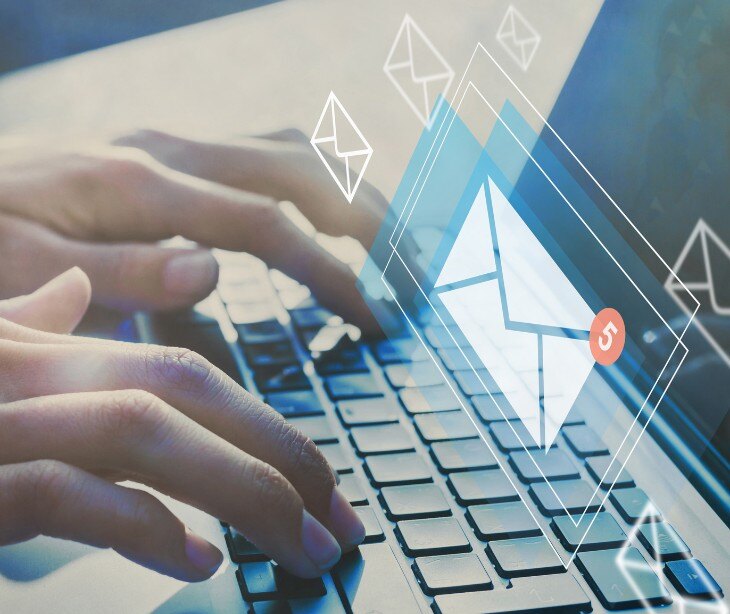
Emails can get “lost” in quite a few ways. Reasons range from being relegated to spam to technical issues relating to the security protocols, bouncing or rejecting the email.
The problem with lost emails
Before looking at the reasons why emails fail to deliver, its necessary to understand why email bounces need to be avoided. In a 2018 ICMLA conference paper, researchers stated: “Due to assorted reasons, when a sender sends an email to a receiver, the email does not get delivered. The non-delivery of an email is said to be a bounce and a bounce memo typically known as a failed Delivery Status Notification (DSN) is directed to the sender's server.
Bounces can ensue because of temporary failures or permanent issues. Permanent bounces should be evaded at any cost and temporary/transient bounces should be abated. When bounces are numerous, the existing Email Service Providers (ESPs) may denounce the sender as a likely spammer.”
The conference paper provides a look into the reasons why emails are bounced, mainly technical issues such as protocol incompatibility. For healthcare providers, especially those operating in critical departments, a lapse in communication could mean life or death. Here are the specific reasons emails might not reach their destination:
- Emails can be marked as spam due to suspicious content, leading to their automatic diversion to the spam or junk folder.
- Overzealous email filters set by recipients or their email service providers might incorrectly classify legitimate emails as spam.
- Incorrect or outdated email addresses result in delivery failures or bounce-backs.
- Email servers might be temporarily unavailable or experiencing issues, delaying or preventing email delivery.
- Sending too many emails in a short period can trigger email providers to block further emails from the sender.
- The email size exceeds the receiving server's maximum allowed size, causing a delivery failure.
- The sender's IP address or domain could be blacklisted due to previous spam activities, leading to blocked emails.
- DNS problems can prevent the email from being properly routed to the recipient's email server.
- Sender authentication failures, such as missing or incorrect SPF, DKIM, or DMARC records, can lead to email rejection.
- Network issues on the sender's or recipient's end can interrupt the email delivery process.
How to ensure email deliverability
Regular email list cleaning
An Industry Track Paper on the topic of email data cleaning notes that it is, “a tool that can clean up emails by removing extra spaces between words, removing extra line breaks between paragraphs, removing email headers, and re-indenting forwarded emails [33]. It conducts email cleaning using rules defined by users.” This is the periodic verification of the email addresses in an organization's contact list to make sure that they are accurate and active. Keeping an email list clean helps reduce bounce rates.
Patient email verification at the point of care
The value of verifying a patient’s identity is illustrated in the AMIA Oxford research paper ‘Varying rates of patient identity verification when using computerized provider order entry’, “Wrong patient errors can harm patients that receive inappropriate care and delay care for the patient for whom the treatment was intended.
Causes of wrong patient errors include mistaking patients with similar names or geographic locations when selecting records, having multiple patient files open simultaneously and signing orders on the wrong one, or interruptions and busy work environments.”
Use a procedure to verify and update patient email addresses during each visit or interaction. It is as simple as asking the patient to confirm their email address during check-in. Direct verification with the patient provides the most current and accurate email information.
Use of segmentation and personalization
According to ‘The Role of Segmentation in Email Marketing’ the following perspective on the topic is provided: “Segmentation represents a process of dividing the market on different groups (segments) of customers considering some of their common characteristics. Many studies have shown that well segmented campaigns generate greater return on investment and achieve better open rates, click through rates and conversion rates.”
Segment email lists based on patient demographics, health interests, or behaviors. Personalized and relevant emails are more likely to be opened and less likely to be marked as spam. The above mentioned study goes on to note, “The latest trends show that the importance of e-mail marketing will grow even further with a significant usage of personalization in promotional campaigns.” This process is made easy through the use of HIPAA compliant email systems like Paubox Marketing that provide easy to use segmentation features.
Implement feedback loops with Email Service Providers (ESPs)
A feedback loop (FBL) is a service that many ESPs offer. It notifies the sender when a recipient marks an email as spam. A Gates Open Research study, ‘Monitor to innovate with feedback loops: process evaluation protocol for an anemia prevention intervention’ provides insight into the digital process monitoring. “Feedback loops facilitate timely course corrections. Feedback loops can also engender a shared understanding of ground realities for a geographically dispersed and culturally diverse team.”
This allows the sender to remove that recipient from their list or adjust their strategy. For healthcare organizations, managing FBLs reduces the likelihood of emails being automatically filtered into the spam folder.
Adherence to email sending best practices
Follow a set of established best practices for HIPAA compliant email content and delivery, like those explored in the Paubox article, Email marketing strategies to look out for in 2024. These practices help improve email deliverability and engagement rates.
See also: Top 10 HIPAA compliant email services
FAQs
What is the use of email disclaimers?
Email disclaimers notify recipients about the email's confidentiality and the appropriate actions if they're not the intended recipient.
What steps can a healthcare organization take if a HIPAA compliant email is accidentally sent to the wrong recipient?
Immediate actions should include notifying your HIPAA Privacy Officer, assessing the breach's impact, and following the organization's protocol for breach notification.
Why is email segmentation necessary in email outside marketing efforts?
Email segmentation ensures the right information reaches the right audience, improving relevance and engagement. It also helps maintain privacy and reduces the risk of disclosing sensitive information to unintended recipients.
Is patient consent necessary for regular email practices related to treatment under HIPAA?
No, patient consent is not required for routine emails related to treatment, payment, or healthcare operations under HIPAA. However, the email must still be secure and meet HIPAA’s privacy and security requirements.
Subscribe to Paubox Weekly
Every Friday we'll bring you the most important news from Paubox. Our aim is to make you smarter, faster.




